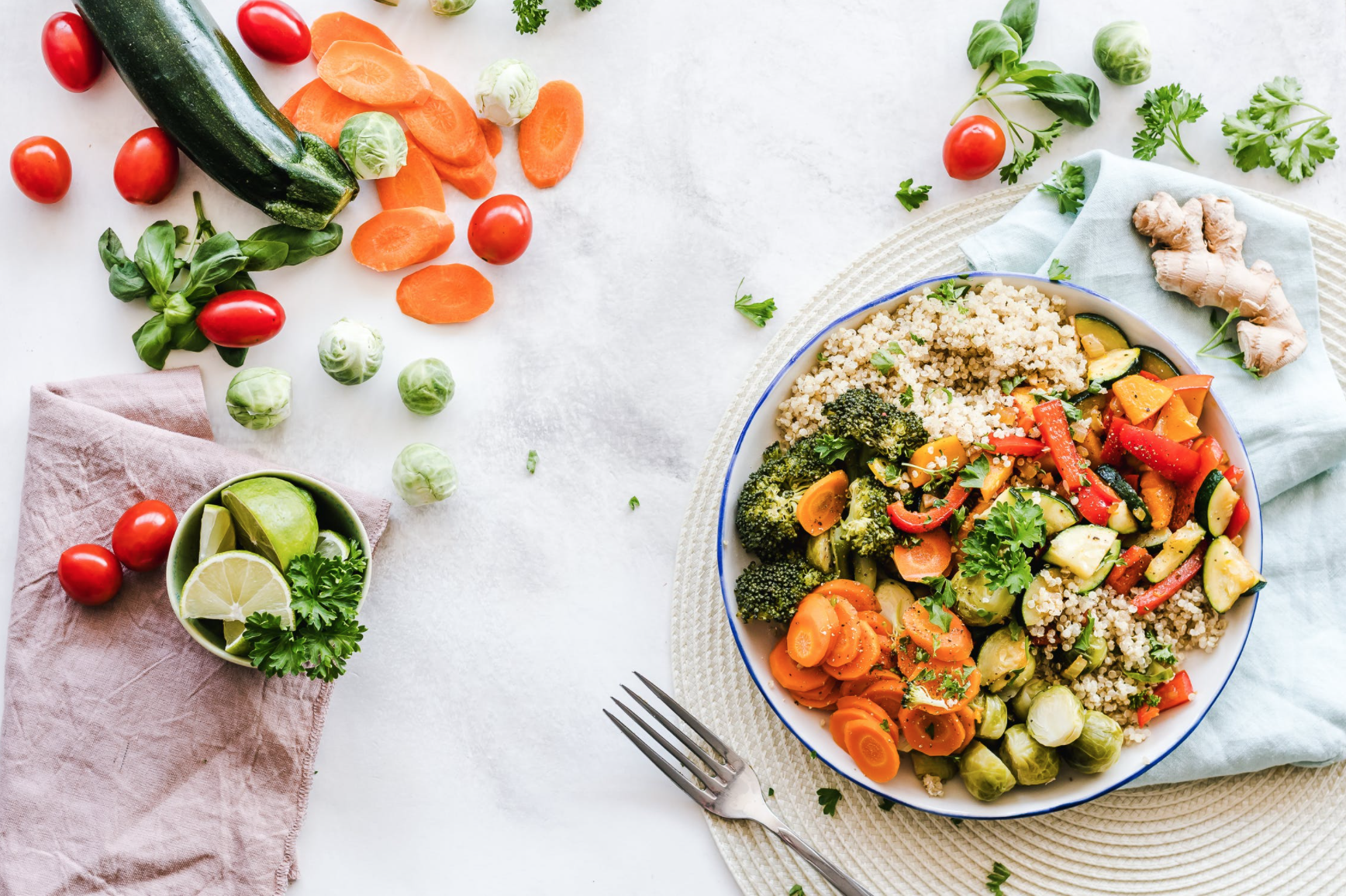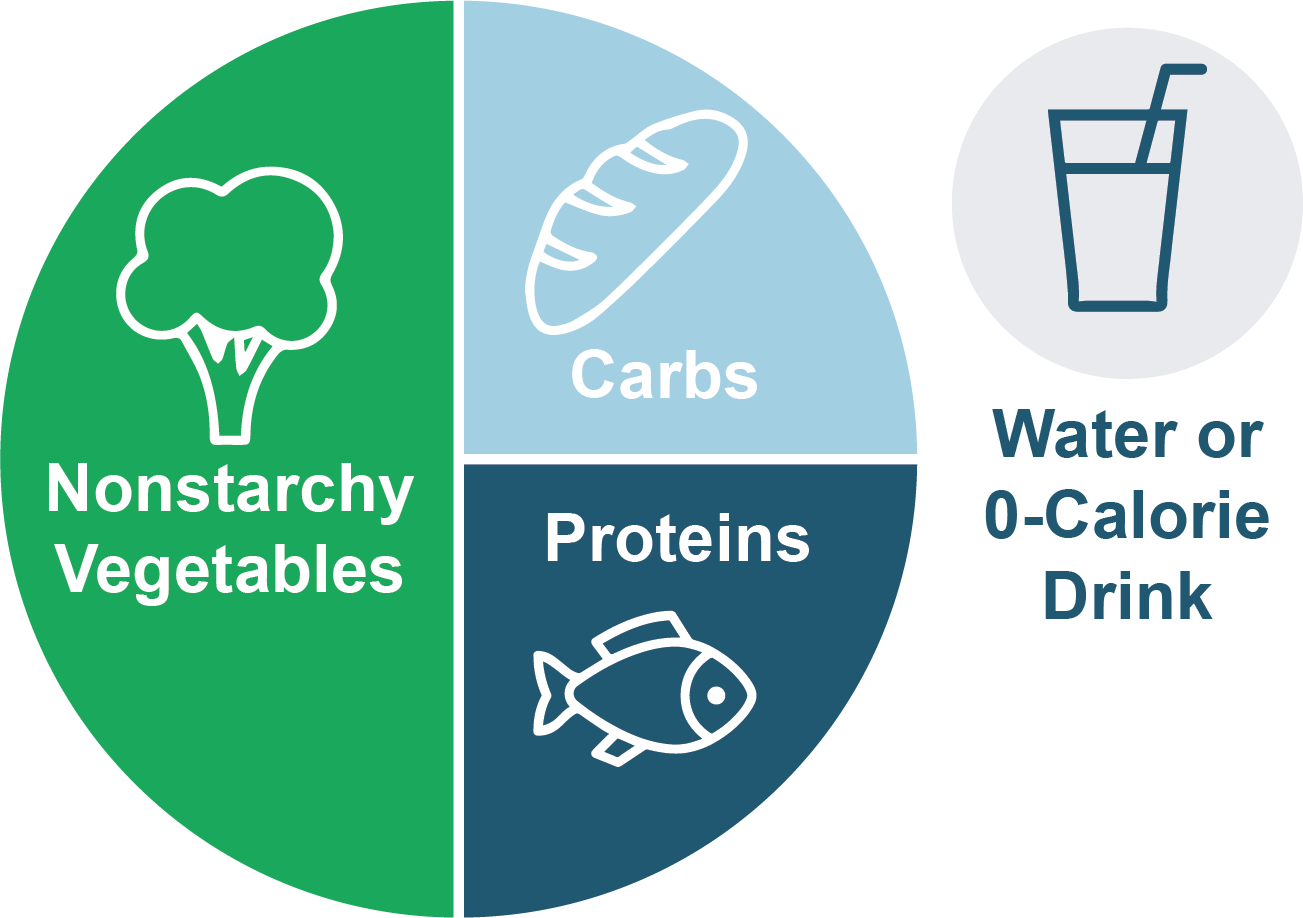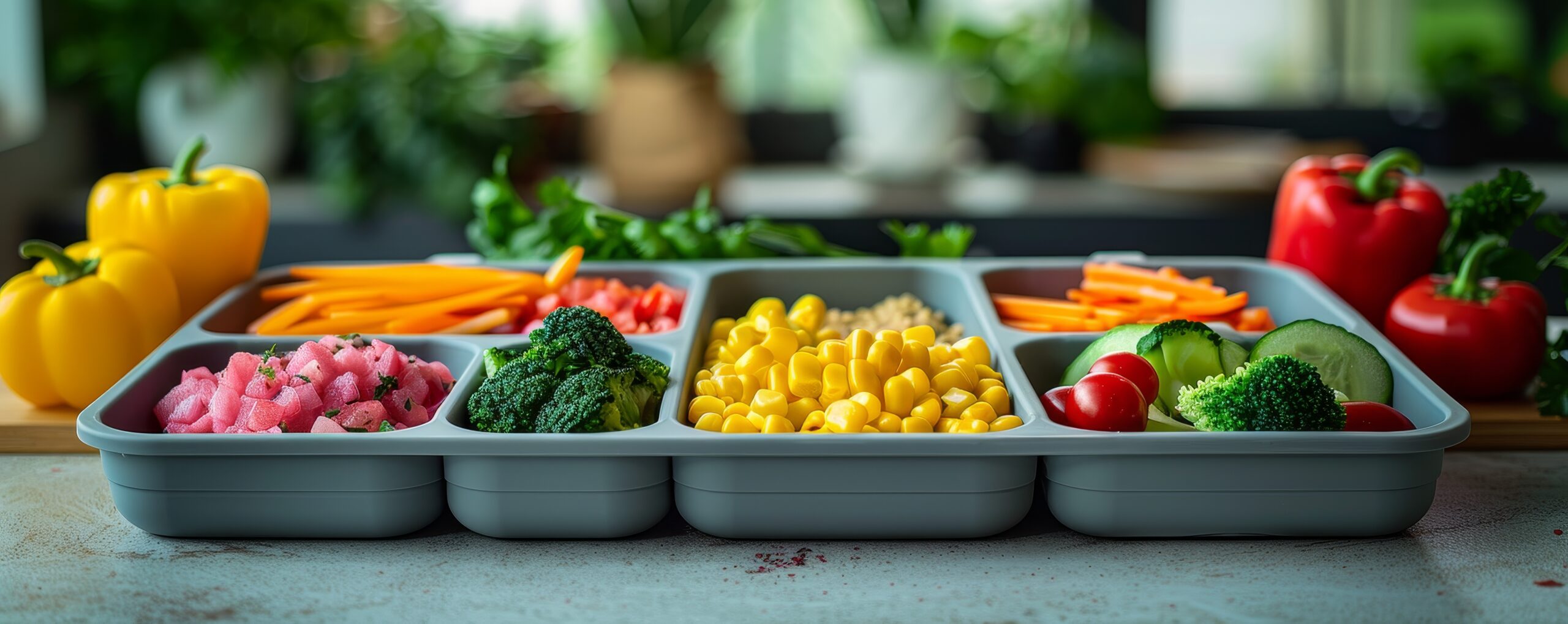Three easy steps for planning meals for diabetes:
1. Get lots of non-starchy veggies like broccoli, spinach, and green beans.
2. Avoid added sugars and refined grains. Choose whole-grain options with at least 2 grams of fiber per serving.
3. Pick whole foods over processed foods when possible.
Remember: Carbs can raise your blood sugar, but eating them with protein, fat, or fiber can help lower the spike. That's why it's better to eat whole fruit instead of fruit juice.


Controlling Portion Sizes to Manage Blood Sugar
Deciding how much to eat can be hard, especially when there's a lot of food. But it's really important to control how much you eat to keep your blood sugar levels in check.
Here are some simple tips:
A portion of meat, fish, or poultry should be about the size of your palm, which is roughly 3 ounces.
For cheese or meat, try to have a portion about the size of your thumb, which is around 1 ounce.
Choose a medium-sized fruit or a cup that's the same size as your fist for fruits.
For nuts or pretzels, a handful the size of a cupped hand, which is 1-2 ounces, is a good amount.
A tablespoon should be about the size of your thumb tip, and a teaspoon should be about the size of your fingertip.
